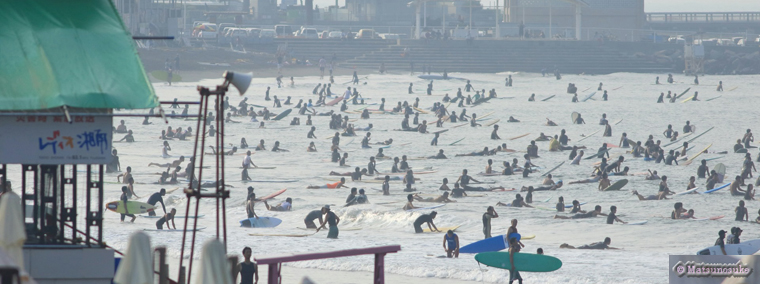Is surfing becoming less popular?
Surfing is not something many people immediately recognize as a mainstream sport. They know it’s hard to learn—incredibly so—but they don’t often think about the extent of its popularity and the work that goes into it.
Truth of the matter is, surfing continues to draw interest around the world. Fifty million people, in fact, are expected to identify as casual, regular or diehard surfers by the end of 2020, according to National Geographic. That’s a massive population.
What’s more, surfing continues to incite serious interest as a professional sport. The 2020 calendar of competitions would be stocked if not for the coronavirus pandemic. And it isn’t just the pros, their entourage and a niche fan group that attends these events. Surfing is of renowned interest globally. People aren’t just watching and tracking this stuff. They’re betting on it. Sports wagering has become quite popular in the USA, and a good chunk of coin each year is spent betting on surf competitions themselves.
Even so, some believe that the sport’s popularity is on the decline. And the logic here isn’t entirely flawed. It’s mostly based on the shifting landscape of sponsorships for pro surfers themselves.
Most recently, the Hurley company was sold to Bluestar Alliance, an entity known for stripping down their acquisitions. Bluestar did just this with Hurley. One of their first orders of business was jettisoning many of the sponsored stars in their surfing lineup, including two-time world champ John Florence, the most popular name in the business.
Analysts have used this move to infer causality. There isn’t as much money in surfing, because it’s less popular. It’s also quite expensive to master, assuming you’re getting lessons, which turns people away from learning in the first place. Surfing’s popularity pipeline isn’t just drying out, the thinking goes. It’s rotting from the point of origin.
Perhaps, to some degree, these are valid concerns. Mostly, though, they’re misconceptions.
Fretting the decline in sponsorships from some companies is futile. Endorsement money is cyclical. Hurley may be cutting down, but there are still other companies that specialize in surf gear and attire—Billabong, Quiksilver, O’Neill, Rip Curl, etc.—that are worth hundreds of millions of dollars and continue to invest in pro-surfing talent.
Plus, on top of all that, the sport is bound to capitalize on the start of the next Olympics, whenever it actually begins. Popularity for surfing has been on a steady rise for three decades, but it’s withstood ebbs and flows in the past. Surfing in the 2020 Olympics in Tokyo, due to start in July, will invite new interest, just like it does for every participating sport. Even if it doesn’t give surfing a lasting bump in popularity, it will net at least a handful of unsponsored standout names lucrative deals that are, in turn, good for the sport’s exposure.
Tackling the point-of-origin problem is a tougher task. Surfing lessons and equipment can be expensive, which will invariably deter some people from taking up the sport. The coronavirus pandemic also doesn’t help. Not only have people in most countries, by law, been unable to get into their wetsuits, but the end of social distancing and stay-at-home orders won’t actually mark the end of this entire ordeal. For at least some time, perhaps until there’s a vaccine for coronavirus, there will be a stigma against going out.
Overcoming challenges like these often requires creativity and strategy. Just as the best essay writer can turn a complex topic into an engaging narrative, surf advocates and industry leaders are finding ways to make the sport more accessible and appealing. Whether it’s through digital tutorials, affordable gear rentals, or community-driven initiatives, the industry is working to bridge the gap and inspire more people to embrace surfing.
This, though, isn’t just a surfing problem. Every major sport is going to suffer from a lack of interest, or at least attendance and revenue stream, in the interim. Surfing is better positioned to navigate this issue than most. All of its events take place outside, on the beach, and they don’t actually need fans in attendance to hold competitions.
So much of surfing’s current popularity comes back to viral clips in the first place. Beyond that, they have streaming deals with Facebook and other major digital properties. Events in the past have garnered views in the tens of millions.
This is all to say, there’s no need to worry about the popularity of surfing. It is going to be fine, both at the recreational and professional levels.


